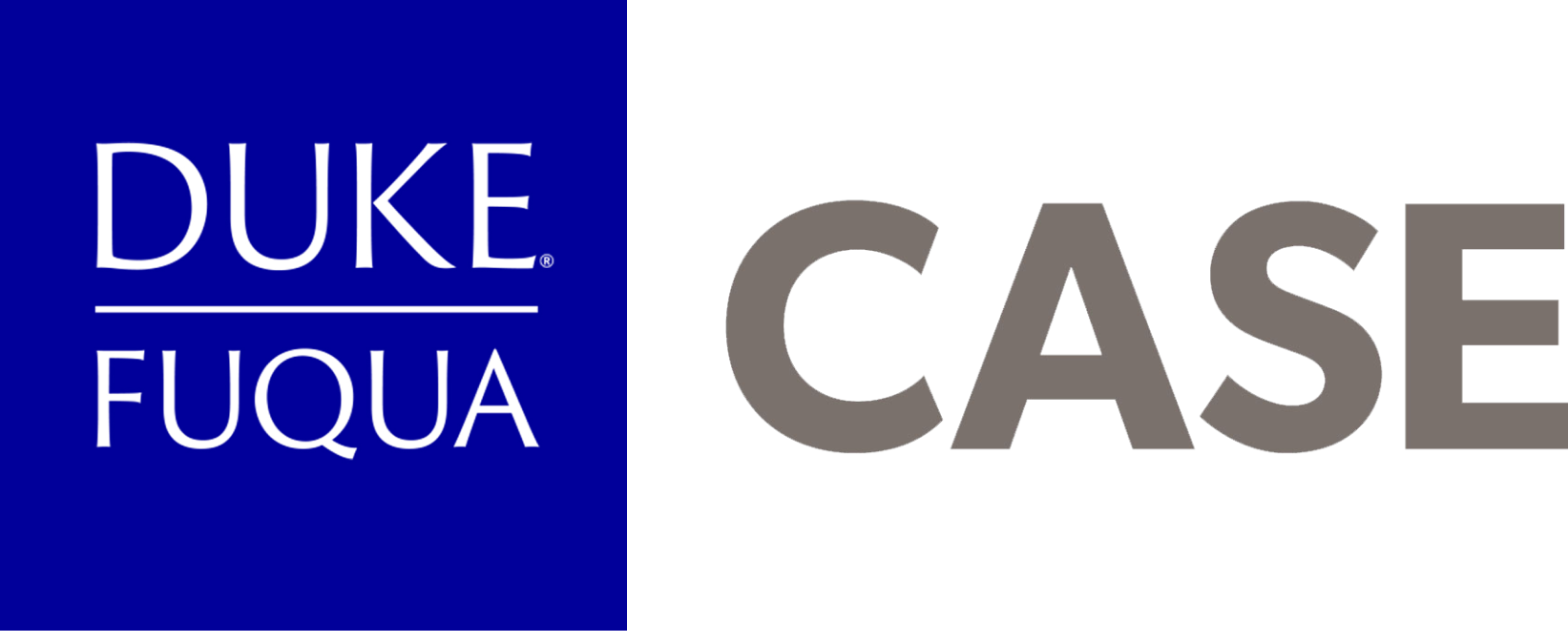This post is written by Kaylan Christofferson, a Duke MBA and MPP student, in November 2017.
I’ve heard a lot of statistics lately about the incredible growth in impact investing, but these numbers can feel abstract. How many people are really serious about this impact investing thing? Being among the 3,000+ attendees at the 2017 Social Capital Markets (SOCAP) conference brought new meaning to the size of this movement.
In one session, panelists were asked to summarize what impact investing needs most right now in 5 words or less. One particularly thought-provoking response was, “more urgency and more patience.” This led me to reflect on conference themes through this lens.
The more patience side seems relatively obvious. Many in the field, particularly investors, want to first see a ‘proven track record.’ A track record simply takes time, and nobody has a ‘fast forward’ button (please come forward if you do). Another well-established fact is that many social enterprises operate in challenging markets, where realizing full financial or social returns can understandably take longer. More patience is needed while awaiting more results, as is more willingness among investors and donors to help prove the track record initially.
So, where does more urgency come in? Upon reflecting on the conversations that took place at SOCAP, there are three areas I believe deserve a great deal of urgency (note: none are easy and all require extensive collaboration):
1. Shared language
This means clearly defined, widely understood, standard terminology shared by people approaching impact investing from every angle and location. This is especially critical for building bridges since impact investing, by its very nature, draws people together with wide-ranging professional and personal backgrounds, skill sets, and motivations. One panelist hit this point home in describing a situation where he (an investor) thought he was at an impasse with an entrepreneur – until he realized they were actually saying the exact same thing, just using different words. Similarly, two experts during another panel realized halfway through they were using the same word to refer to two totally different stakeholder groups.
The words used by all these people were ‘right’ of course. But for those of us less fluent in the language, would we ever realize if we were only understanding half of a conversation?
2. Clear roles and goals
In another panel, one participant noted a trend in financial advisers moving toward strategy/advisory roles in helping clients first embark on impact investing (unclear if this role evolution is voluntary). From previous research, I’ve learned that new impact investors are less likely to feel satisfied or weather market downturns if they haven’t defined clear, personally meaningful impact goals upfront. Guiding clients through this personal, exploratory process is a specialty of impact-dedicated advisory firms, which have evolved to fill this growing need in the market. However, facilitating impact journeys has not historically been a focus of traditional financial advisers’ training or incentives, so it is not clear whether they are best-positioned to fulfill this role in many cases. At minimum, they may need more training to take their clients on this journey.
This is just one example of how countless organizations are emerging and adapting to fill various roles in impact investing. I find this very encouraging. However, I also see this landscape as blurry. For the average person new to impact investing, how difficult is this to navigate?
3. Alternative investment structures (leave your standard term sheets and hockey sticks at home)
Alternative investment structures, which have unique features beyond traditional debt and equity, have attracted more attention recently because they can help overcome barriers currently limiting investment, particularly in the developing world. The details of such structures can vary significantly, but their unifying feature is enabling investors to achieve a financial return without a traditional exit (e.g. IPO or acquisition). They offer flexibility to design investment terms tailored to the differing goals and constraints of investors and entrepreneurs. For example, performance-based repayment structures (using revenue or operating profit, among others), allow investors to share in upside potential while also protecting nascent enterprises from unmanageable repayment requirements (e.g. pre-profitability or through seasonality).
So, why isn’t everyone trying these structures? Simple inertia is a frequently cited reason. As one panelist emphasized, the power of the ‘hockey stick growth’ myth cannot be underestimated – among both investors and entrepreneurs. But I hope more will soon open their minds and capital. Impact investors, in particular, should recognize the value of using whatever tool works best – to at least get into the game and start moving the ball forward – even if it isn’t shaped like a perfect hockey stick.
None of these things are easy, but they are all urgent. Impact investing has clearly achieved amazing results already and sparked significant interest from every corner of the globe. It is less clear, however, whether the fundamental infrastructure needed to support massive capital increases has evolved as quickly as the interest level in the field.
I’m not suggesting that zero additional impact investing will happen if people don’t prioritize these 3 issues. Rather, I am concerned the field may not achieve its full potential. And SOCAP only further convinced me of how enormous the potential truly is for impact investing to improve the lives of countless people around the world sustainably. I hope others share my sense of urgency because this opportunity is simply too exciting to miss!
This post is written by Kaylan Christofferson, a third-year Duke MBA/MPP candidate who also serves as co-chair of the CASE i3 Fellows program. Prior to Fuqua, Kaylan worked in investment banking at Morgan Stanley and in business intelligence at GlobalGiving, a DC-based nonprofit. She has interned with USAID and The Boston Consulting Group.


